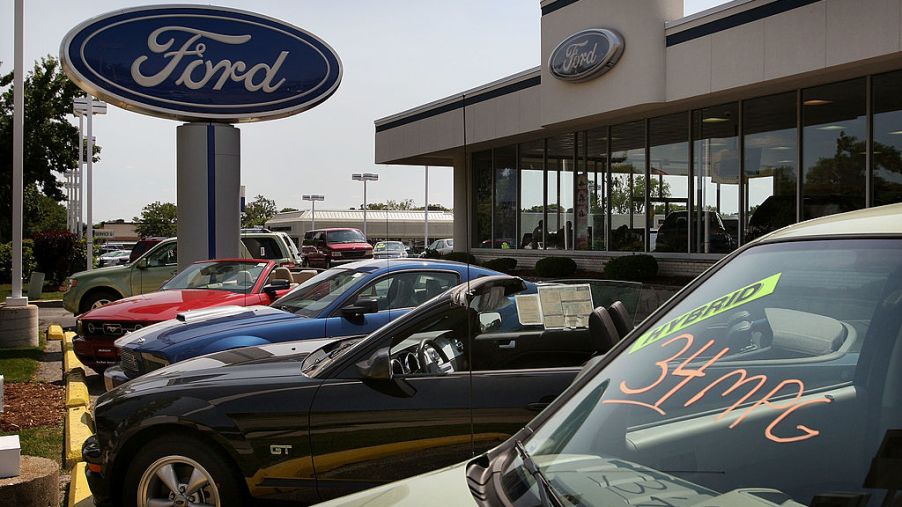
The Most Common Mistakes You Can Make When Leasing a New Car
If you’re planning to buy a new car, then leasing has likely crossed your mind at some point. And why not? With leasing, you’re essentially “borrowing” the car for a specified amount of time. At the end of that time, you’ll have the flexibility of being able to return the car and walk away, selling it, or trading it in for a newer one.
There are some caveats to leasing, though, as you’re also limited as to how many miles you can drive the car every year and you’re responsible for damages in the end. However, those downsides are met with a couple of upsides. The good news is that you’ll be able to put less of a down payment upfront and will pay less every month compared to a traditional car loan. Just note, there are some mistakes that buyers make when leasing a new car. Here are five of the most common ones.
1. Paying too much money down upfront
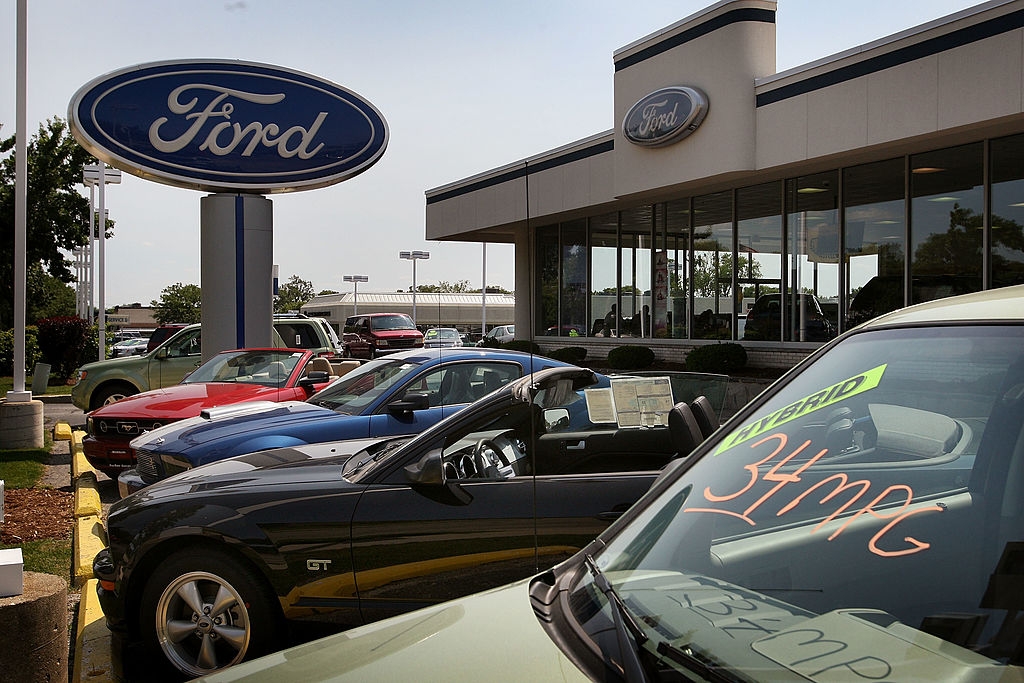
Leasing a car works almost the same as financing in that the more money you put as a down payment upfront, the lower your monthly payment will be. You may have seen dealership lease ads that advertise low monthly payments. These payments are typically low because they require a large down payment upfront.
According to Bankrate, putting such a large down payment can actually work against you in the event the car is totaled during the time you have it. In that case, your insurance company will pay the leasing company for the cost of the car, but that down payment that you put up front will not be reimbursed.
The good news is that in the event of a total loss, you’ll be able to walk away from the lease, but the bad news is that you’ll be out the money you put into it. As a general rule of thumb, you should limit your down payment amount to $2,000 or have the initial fees rolled into the lease payments. That way, if the car gets totaled, you won’t be out a big sum of money.
2. Under estimating the mileage allotment
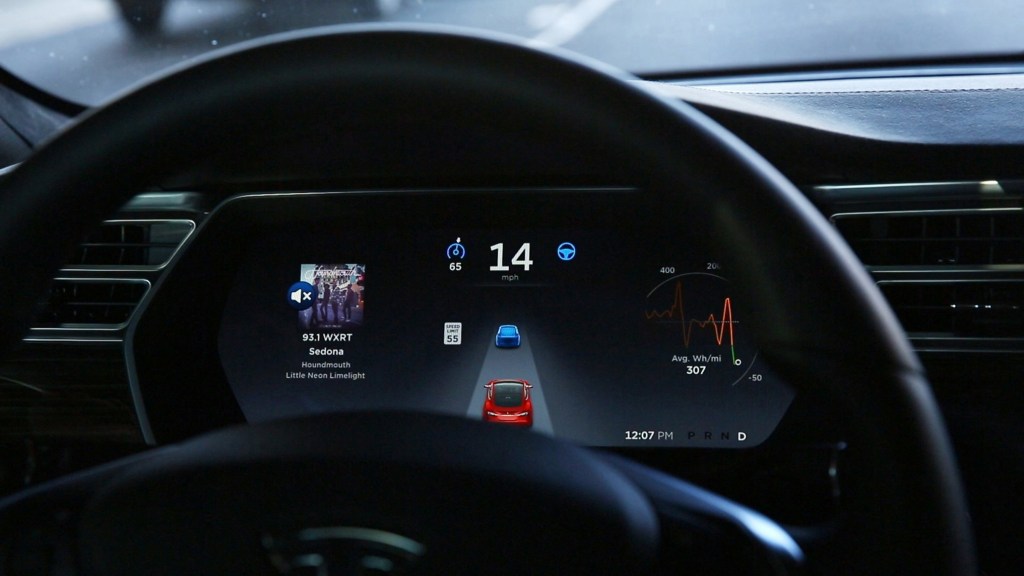
A typical lease contract is around three to four years long. During that time, there is an annual mileage allotment, which typically equates to 10,000, 12,000, and 15,000 miles per year. If you exceed the allotment, then you will be charged about 15-25 cents for every additional mile over the limit.
For example, if you go over the allotment by 5,000 miles, then you can expect to pay an extra $750 (15 cents per mile) if you turn the car back in. Since it’s a common leasing mistake to underestimate the annual mileage allotment, it’s important that you figure out how many miles you drive every day including the occasional long trip. Then you can overestimate the mileage allotment and not worry about paying any extraneous fees later on.
3. Not keeping up with the maintenance
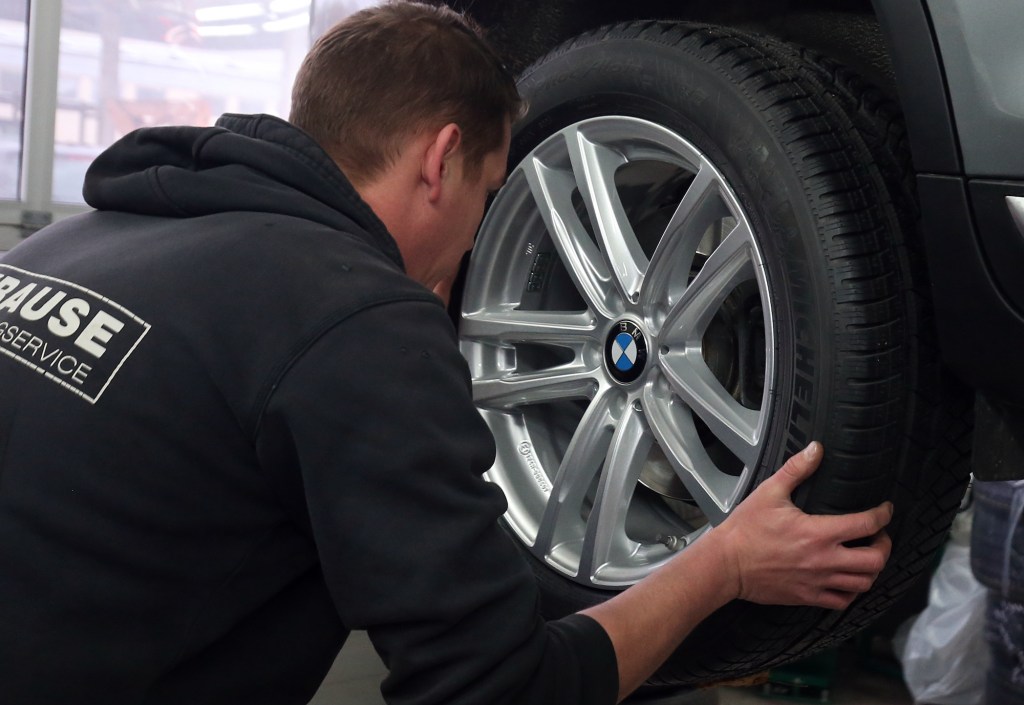
If you plan to turn the car back into the dealership at the end of the lease term, then you will be responsible for any excess wear and tear. The leasing company will inspect the car and tally up any extraneous damages that go beyond normal dings and scratches. As you can imagine, the charges can add up in the end, however, if you maintain the car during the lease term, then you won’t have to worry about any charges later on.
4. Leasing the car for too long
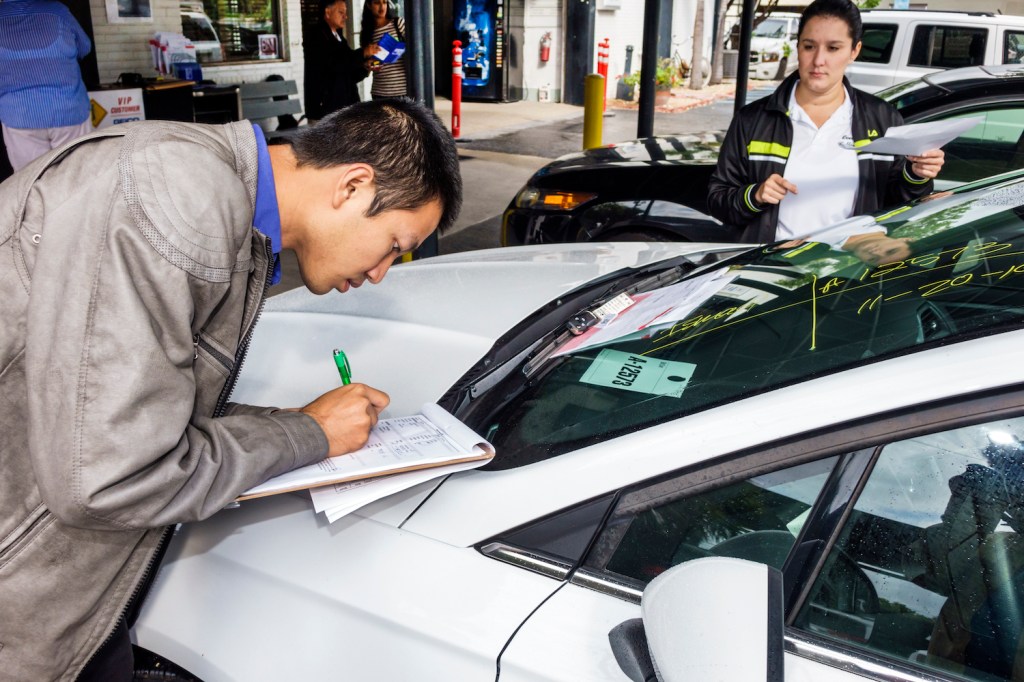
As stated before, most lease terms last about three to four years, which is convenient because that’s typically when the new car warranty runs out. However, many lessees make the mistake of leasing a car for too long, which can end up costing them money if the car needs repairs after the warranty runs out.
Of course, the lessee could always buy an extended warranty to cover the car after the original one runs out. But that would negate the advantage of leasing the car while it’s under the factory warranty and end up costing more in the long run. Instead, just stick to the three to four years at the most.
Leasing a car has many perks, but watch out for these mistakes
Ultimately, leasing a car has a lot of perks in that you can put less money down upfront, pay less monthly, and drive a new car every few years. However, it can be a costly endeavor if you fall into one of these pitfalls. Just try not to make these common mistakes.



